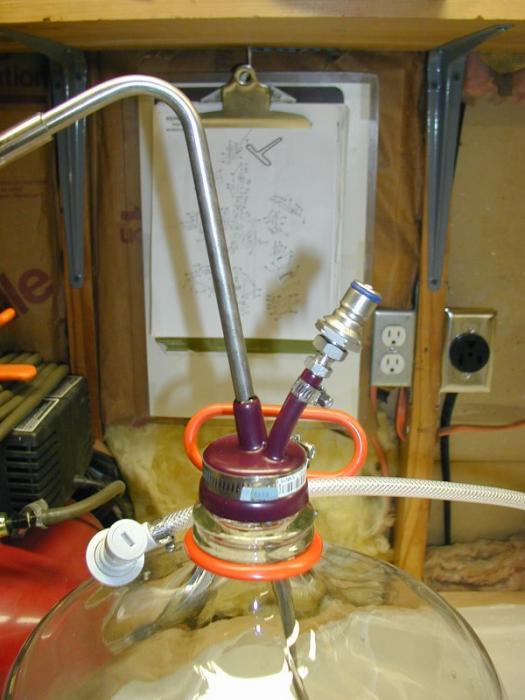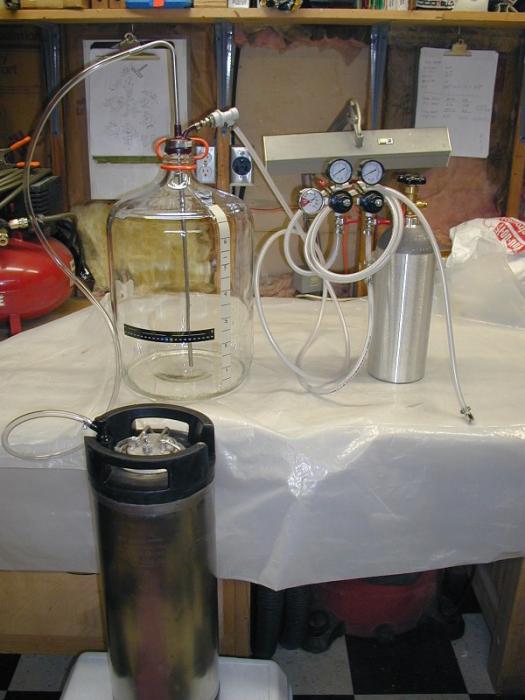TheHammer0309
New Member
- Joined
- Nov 26, 2012
- Messages
- 1
- Reaction score
- 0
Hello all,
I am new to HBT but have been brewing for about 3 years (1 year extract, 2 years all grain). Until recently I have only brewed ales, with good sucess. I recently made my first pilsner, a German Pilsner, that tasted amazing after I lagered it for 1 month @ 35-37 degrees. After lagering I transfered to serving keg and hooked it up to co2. After 1 week in keezer I took a sample and the flavor was WAY different? It had a funny taste? Almost a real malty/acid flavor? Carbonic acid maybe? Any ideas???
I am new to HBT but have been brewing for about 3 years (1 year extract, 2 years all grain). Until recently I have only brewed ales, with good sucess. I recently made my first pilsner, a German Pilsner, that tasted amazing after I lagered it for 1 month @ 35-37 degrees. After lagering I transfered to serving keg and hooked it up to co2. After 1 week in keezer I took a sample and the flavor was WAY different? It had a funny taste? Almost a real malty/acid flavor? Carbonic acid maybe? Any ideas???





